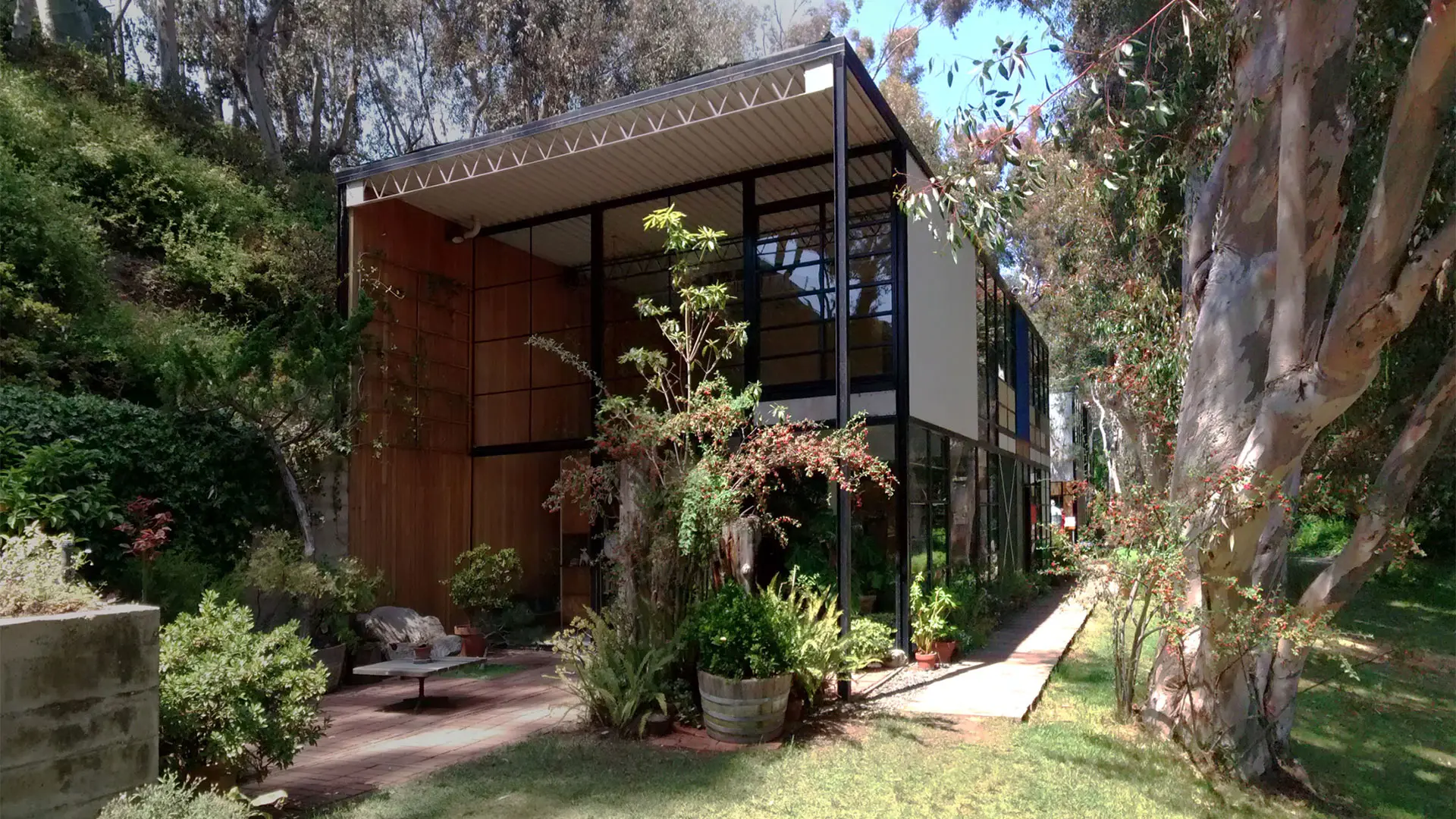
At Terrell Windows, we believe your home should be more than just a place to live — it should be a reflection of comfort, efficiency, and value. One often overlooked but incredibly impactful upgrade is window replacement. Not only can new windows transform the way your home looks and feels, but they also significantly increase its value.
A Fresh Look, A Lasting Impression
Curb appeal matters, especially if you’re planning to sell. Old, drafty windows can make your home appear dated or neglected. With modern window replacement, your home gets an instant facelift. Sleek frames, clear glass, and contemporary designs make your house stand out — inviting potential buyers before they even step inside.
Energy Efficiency Equals Savings
Today’s buyers are looking for energy-efficient homes. Replacing old windows with energy-efficient models reduces heat loss in the winter and heat gain in the summer, which can lower utility bills dramatically. At Terrell Windows, our high-performance windows are designed to keep your home comfortable year-round, reducing your dependence on heating and cooling systems — and that’s a major selling point.
Return on Investment
Window replacement consistently ranks high on the list of home improvement projects with a solid return on investment. According to real estate industry reports, homeowners can recoup up to 70-80% of the cost when selling their home. More importantly, homes with new windows tend to sell faster and at better prices.
Improved Security and Noise Reduction
Modern windows do more than look good. They provide enhanced security features, like multi-point locking systems, and reduce outside noise — key factors for homebuyers with families or those living in busy neighborhoods. Terrell Windows offers solutions that bring peace of mind along with a touch of peace and quiet.
A Smart Choice for Today and Tomorrow
Whether you’re planning to sell your home or simply want to enjoy a more comfortable and beautiful space, window replacement is a smart choice. At Terrell Windows, we combine top-quality materials with expert installation, ensuring your investment lasts for years to come.
Let us help you enhance your home’s value and comfort. When it comes to making meaningful upgrades, window replacement is one of the best decisions you can make — and Terrell Windows is here to guide you every step of the way.
This article was written by a professional at Terrell Windows. Since 1971, Terrell’s has proudly served Edmond, OK, with expert home remodeling. As a local, family-owned business, we keep costs low and pass the savings on to you. Born and raised in Edmond, David Terrell is known for his honest approach and high-quality craftsmanship in both residential and commercial projects. We avoid high-pressure sales and focus on being professional, reliable, and true to our word, offering top-tier windows, siding, and roofing for your home. If you’re looking for dependable window installation in Edmond, OK, Terrell Windows is the name you can trust.
…





